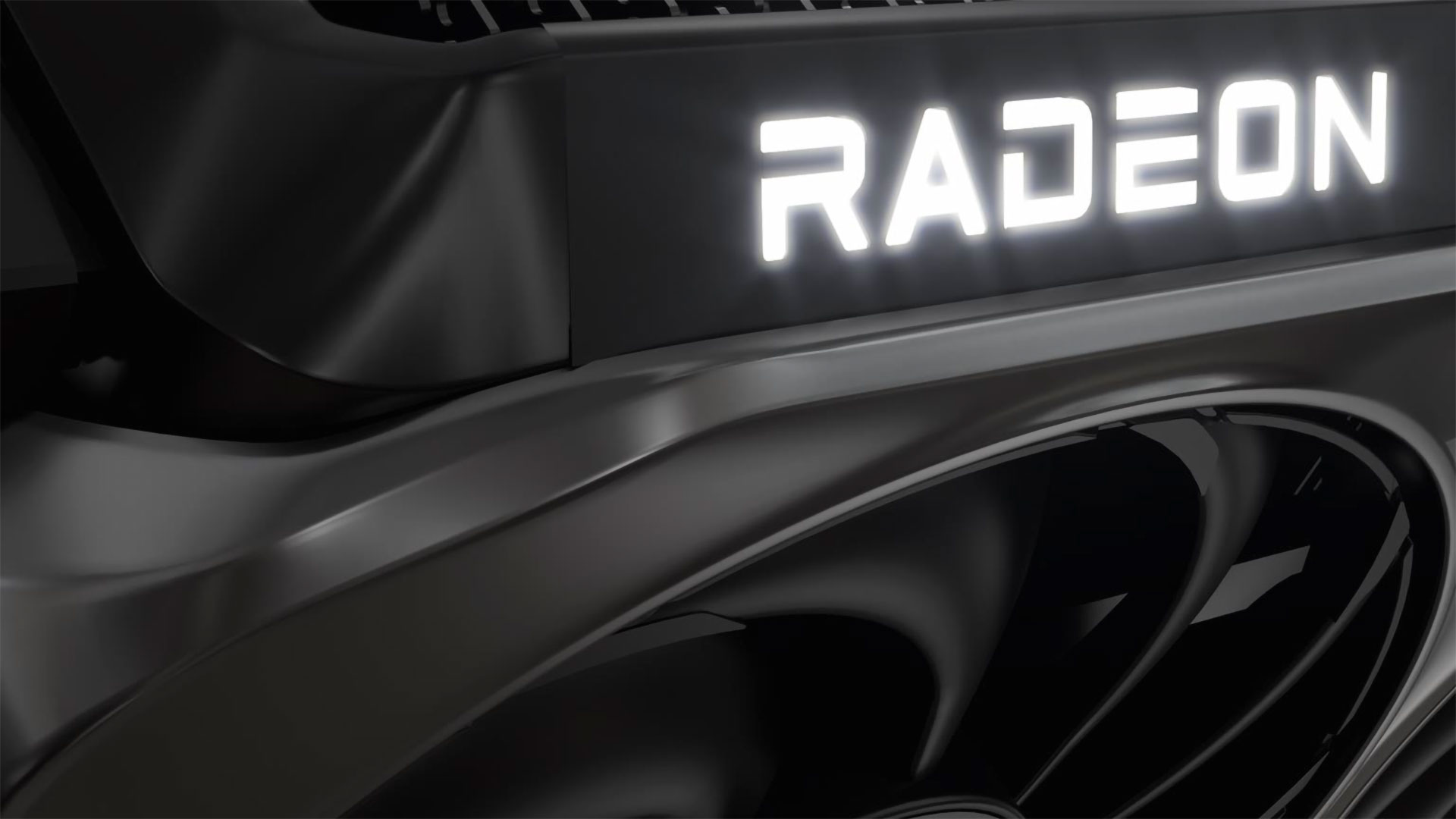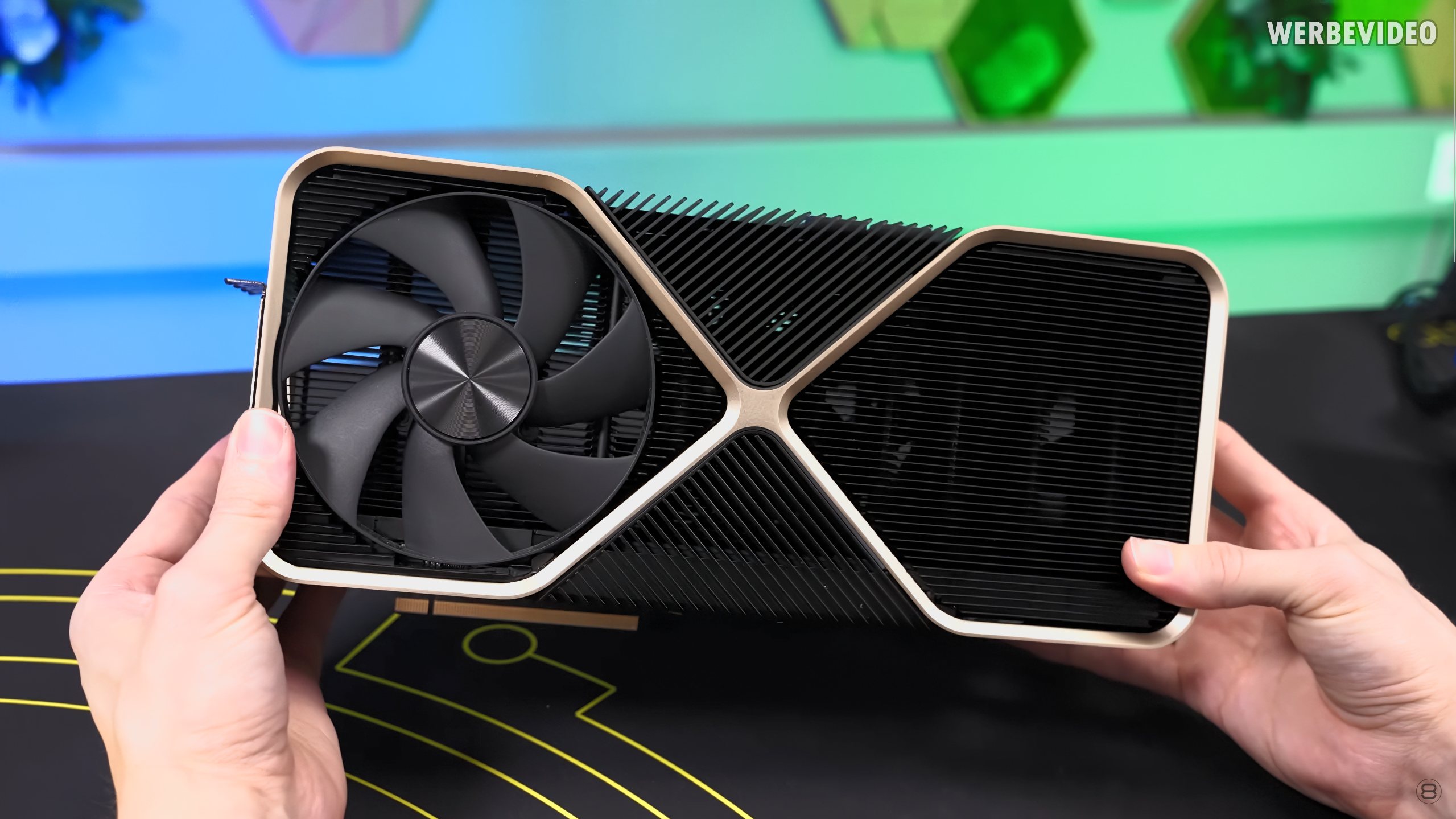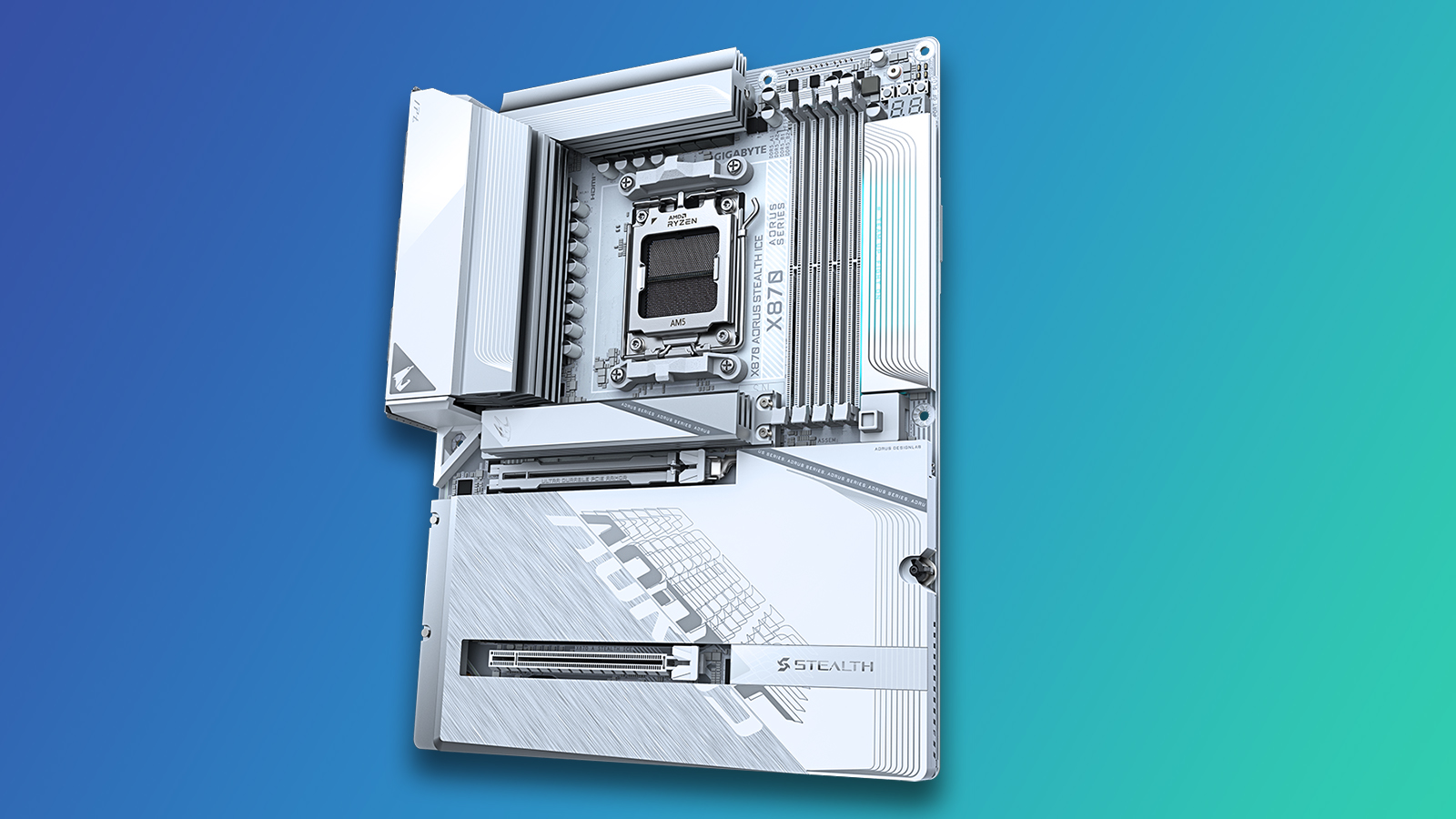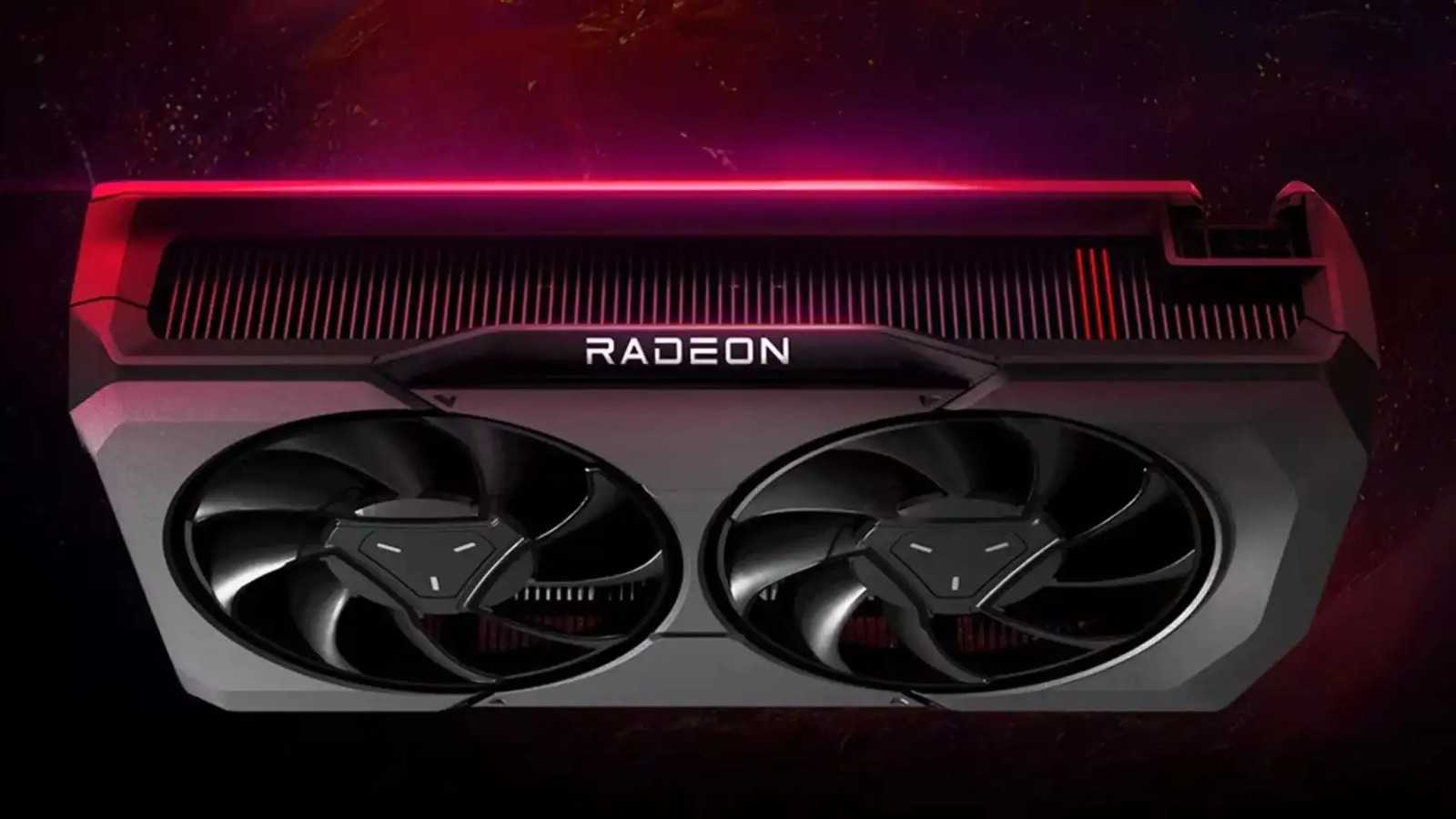Hyper-Threading Coming to Intel's Comet Lake Core i5 and i3 Lineup: Benchmark Submission (Updated)
A recent benchmark foretells quad-core eight-thread Core i3's and six-core twelve-thread Core i5's.
Update 10/21/2019 5:00pm PT: A new benchmark submission of what appears to be a Core i5 has surfaced, likely confirming that the new Comet Lake i5's will also feature Hyper-Threading. We've updated the text below.
A SiSoftware benchmark submission, spotted by chip detective @TUM_APISAK, reveals a new 10th-Gen Comet Lake Core i3-10100 processor sporting four cores and eight threads. That's a nice improvement over today's Core i3-9100 equivalent, which features four cores and four threads.
Another benchmark result, found by chip detective @momomo_us, also surfaced that shows a 6-core 12-thread processor that isn't specifically listed as a Core i5 model. However, Intel's current i5 series also tops out at six cores, while the i7 lineup features eight cores. This strongly implies the Hyper-Threaded six-core chip in the benchmark submission is a Core i5, which means the series could also receive the Hyper-Threading treatment for the first time.
That means that the new low-end Comet Lake Core i3 processors could offer the same threaded accommodations as the Core i7 processors from the 2017 time frame, meaning you'll soon be able to pick up a quad-core eight-thread model in the $120 price range, while just two scant years ago that type of performance from Intel would set you back ~$350. More importantly, it sets the stage for bigger gains in Intel's higher core-count models.
The Core i3-10100 benchmark submission lists the four-core eight-thread chip with a 3.6 GHz base clock, but this chip is likely an early engineering sample, meaning the specifications are subject to change. Meanwhile, the second submission (purportedly Core i5) has no discernible product identifier, but this would likely fall under the same 10th-Gen branding.
| Row 0 - Cell 0 | Cores/ Threads | Base Clock | L3 Cache |
| Comet Lake Core i3-10100 | 4 / 8 | 3.6 GHz (preliminary) | 6MB |
| Coffee Lake Core i3-9100 | 4 / 4 | 3.6 | 6MB |

Intel's response to AMD's Ryzen onslaught has typically been sluggish, largely because the company hasn't resorted to cutting prices on existing models. Instead, the company has slowly added more cores to its processor families with the release of new models, with those increased core counts equating to lower per-core pricing. The company has also added more features to some of its chips, like enabling Hyper-Threading and exposing more PCIe lanes on downstream models.
Unleashing Hyper-Threading on the Core i3 and i5 series continues that same strategy.
Stay On the Cutting Edge: Get the Tom's Hardware Newsletter
Get Tom's Hardware's best news and in-depth reviews, straight to your inbox.
Like all of Intel's prior alterations to previous-gen low-end chips, the bulking up of the Core i3 series could reverberate up through the product stack to maintain the company's policy of strict segmentation. That means we're likely looking at a Comet Lake lineup that includes Hyper-Threading in the Core i5 and i7 series, meaning they could come equipped with 6C/12T and 8C/16T configurations, respectively.
| Possible Changes - Cores/Threads | Core i9 | Core i7 | Core i5 | Core i3 |
| Coffee Lake | 8C/16T | 8C/8T | 6C/6T | 4C/4T |
| Comet Lake | 10C/20T | 8C/16T | 6C/12T | 4C/8T |
We've already seen evidence that Comet Lake's halo Core i9 part will come with a beastly 10 cores and 20 threads, a solid increase from today's 8C/16T Core i9-9900K.
Like Intel's current-gen chips, Comet Lake will be based on the 14nm process, though likely a further-refined version of the manufacturing process that unlocks more frequency and power efficiency. We do know the new chips come with a new platform controller hub (PCH) and socket, meaning you'll need a new motherboard to move up to Intel's new flagship series.
We expect Intel's Comet Lake chips to arrive in Q1 2020 to staunch the bleeding incurred by AMD's ultra-competitive Ryzen 3000 processors. AMD has delayed the 16-core 32-thread Ryzen 9 3900X until November, so company has a smaller window of opportunity to roam entirely uncontested as the performance leader on the mainstream desktop.

Paul Alcorn is the Managing Editor: News and Emerging Tech for Tom's Hardware US. He also writes news and reviews on CPUs, storage, and enterprise hardware.
-
TerryLaze ReplyThis strongly implies the Hyper-Threaded six-core chip in the benchmark submission is a Core i5, which means the series could also receive the Hyper-Threading treatment for the first time.
Nope,the first gen i5s where hyper-threaded.
https://ark.intel.com/content/www/us/en/ark/products/43546/intel-core-i5-650-processor-4m-cache-3-20-ghz.html
Also I don't know what ultra-competitive is supposed to mean but the third refinement of ryzen and intel can still counter them with ancient skylake tech... -
InvalidError Reply
Another problem with calling the market "competitive" is that manufacturers have no incentive to actually compete against each other when they're selling everything about as fast as they can manufacture it regardless of price. Lenovo blames shortages of Intel chips for its sales being 3-4% lower than they should have been.TerryLaze said:Also I don't know what ultra-competitive is supposed to mean but the third refinement of ryzen and intel can still counter them with ancient skylake tech... -
cryoburner ReplyAMD has delayed the 16-core 32-thread Ryzen 9 3900X until November, so company has a smaller window of opportunity to roam entirely uncontested as the performance leader on the mainstream desktop.
I think you mean the 3950X? The 3900X is the 12-core, 24-thread chip that has been out for a few months already.
Also, as far as the leaks I've seen go, Intel's upcoming i9s for their mainstream platform will apparently only be going up to 10-cores, so while that processor might compete with AMD's existing 12-core 3900X in terms of multithreaded performance, the 16-core 3950X will likely remain well ahead at the heavily multithreaded tasks these processors are most suited for. Intel can push clock rates higher, but I can't see that making up for the 3950X having 60% more cores.
"Ultra-competitive" in terms of pricing for a given level of performance. Amd's $200 Ryzen 3600 performs similar to last years $300+ i7s, and isn't that far behind the current models, and their $330 3700X isn't far behind the similarly more expensive i9s. And since they're more efficient, you don't need a $100 cooling solution to keep their temperatures in check. And at the kind of heavily-multithreaded tasks you would want a high-core count processor for, the 3900X, and soon the 3950X are completely uncontested in terms of "mainstream" desktop performance.TerryLaze said:Also I don't know what ultra-competitive is supposed to mean but the third refinement of ryzen and intel can still counter them with ancient skylake tech
Sure, Intel can compete with their lineup, but without AMD being "ultra-competitive" they would have little reason to. Without that kind of competition, I really don't think Intel would be turning what had been their premium i7 processors into budget i3s in the span of a little more than a couple years. -
InvalidError Reply
If the market was truly "ultra-competitive", AMD and Intel would be rushing cores and features down the product stack as they used to 20 years ago. They aren't competitive at all, both sides are merely delivering the minimum incremental gains at the highest prices they think they can get away with while demand is outstripping supply.cryoburner said:Sure, Intel can compete with their lineup, but without AMD being "ultra-competitive" they would have little reason to. -
cryoburner Reply
I would still say the pricing is "ultra-competitive" relative to the competition, and definitely relative to the market a few years back. And "rushing cores" is kind of what's happening.InvalidError said:If the market was truly "ultra-competitive", AMD and Intel would be rushing cores and features down the product stack as they used to 20 years ago.
Compared to Intel's Kaby Lake chips that were the current generation until just 2 years ago, Intel will have effectively doubled core and thread counts across their lineup with their next generation of processors. I would hardly say that doubling the amount of processor you get for your money over the course of a few years amounts to "merely delivering minimum incremental gains."
And AMD has nearly doubled per-core performance over their pre-Zen architecture, and added SMT for even more performance at heavily multithreaded tasks, all while significantly improving efficiency.
When AMD remained stuck on their Bulldozer-derived architectures for way too long, things became uncompetitive, so Intel had little reason to substantially improve their processors from one year to the next. The current processor market is far more competitive than what it had been for a number of years.
As for wanting more, there's only so much that's practical for these companies to do. 7nm production is limited, so it's not like AMD can churn out a massive supply of processors and sell them for substantially less than they are. And if they don't turn enough of a profit on them, they might lack the funds to stay competitive with Intel in the years to come. It also sounds like Intel's 10nm architecture didn't turn out quite as planned, making it a less-than-ideal successor to their existing desktop processors. Unlike 20 years ago, it's a lot harder and far more expensive to move to smaller manufacturing nodes, so these companies can't just rely on the easy performance gains that came from being able to ramp up a processor's frequency each year. And as far as increasing core counts goes, most current software doesn't even fully utilize the cores available at the mid-range now, so additional cores are arguably only needed for niche use-cases at this time. -
InvalidError Reply
If the market was truly "ultra-competitive", AMD wouldn't have stuck with 6c12t at $200 for three years, it would have pushed forward. Since Intel got held up by 10nm delays, AMD had no reason to rush and it is now AMD's turn to wait and see Intel's response. A lack of response is not competition.cryoburner said:I would still say the pricing is "ultra-competitive" relative to the competition, and definitely relative to the market a few years back. And "rushing cores" is kind of what's happening.
Back in the days of ultra-competitive market, AMD and Intel were leapfrogging each others on features and price every year, even twice a year and the cost of mainstream parts was coming down twice a year. Now, it takes years for either one to respond to the other and it is only the minimum response required to maintain relative relevance at a given price point.
If the market was truly ultra-competitive, gross profit margins would be down to 15% instead of 40-60% and an 10700/3700-class CPU would cost $150-200 instead of $300+. -
cryoburner Reply
This comes back to my last point. What exactly does the average user currently "need" more than 6-cores with 12-threads for? The vast majority of people are not going to see any noticeable difference in performance in most common software from having more cores and threads than that, and even that's probably a bit more than what's needed by most. 8-core, 16-thread processors are currently kind of a niche product, as most software doesn't scale well to numerous threads, and that definitely applies to core counts beyond that. Maybe we'll see some good use-cases crop up in the coming years now that higher core counts are becoming more common, but at the moment the benefits are a bit questionable.InvalidError said:If the market was truly "ultra-competitive", AMD wouldn't have stuck with 6c12t at $200 for three years, it would have pushed forward.
It sounds like you're just disappointed that the unrealistic specs that were rumored for the 3000-series late last year didn't turn out to be true. Honestly, they seemed rather unlikely to me from the start. If AMD had made their latest 6-core, 12-thread processors available for $100-$130, what exactly would most people have to gain by buying anything more? Again, AMD needs to be profitable to remain competitive, and if they are making very little on each processor sold, combined with the limited production on the 7nm process, they're going to have a hard time staying competitive, and could end up stuck in another Bulldozer era. Research and development isn't free, and that's something that should arguably be figured into a processor's cost.
Also, it's worth pointing out that we kind of actually got much of that rumored hardware at those price points, in the sense that first and second-generation Ryzen processors are now available at those prices. You can get a Ryzen 2600 for about $120 now, or a Ryzen 1600 for about $100 from some retailers. The 1600 was a $220 part when it launched just two-and-a-half years ago, and now it costs less than half of what it did then, and is actually priced lower than what the 4-core, 4-thread Ryzen 1200 originally launched for. Again, that's approximately a doubling of multithreaded performance at those price levels compared to what AMD made available when they launched first-gen Ryzen. Likewise, you can get an 8-core, 16-thread Ryzen 2700 for $170, or a 2700X for $195, if you are willing to trade the better IPC of a Ryzen 3600 for more cores.
Or on the Intel side, an i5-9400F sells for around $150, while offering better performance than their i7-7700 did for around $300 just two years ago. At that time, you would be looking at dual-core i3s with less than half the multithreaded performance and lower performance per-core within that price range. So yeah, I would say competition has been significantly improving performance at a given price level, at least as far as multithreaded performance is concerned. Maybe you don't see massive gains in terms of lightly-threaded performance, but again, a lot of that comes down to being limited to what the current process nodes are capable of. -
InvalidError Reply
Better than before, sure. Ultra-competitive, I still say no. Ultra-competitive is when there is on-going pressure all the way to current-gen parts, not only on older-gen and non-competitive parts. Right now, the "competition" amounts to nothing more than forcing Intel to sanity-check its pricing a bit.cryoburner said:So yeah, I would say competition has been significantly improving performance at a given price level, at least as far as multithreaded performance is concerned.
As for limiting the number of available cores at any given price point to "what people need", there was practically no software capable of leveraging multi-cores back when the first mainstream multi-socket, multi-threaded and multi-core systems hit the market 15-25 years ago. Meaningfully threaded software didn't become common in the mainstream until about ten years ago. Software developers aren't going to waste effort on writing and optimizing software for hardware almost nobody can reasonably be expected to have at the time. If you want more massively threaded software, you have to put the CPUs out there then wait 5+ years for enough people to have 'em before developers will bother, hence multi-threaded software and games not really catching on until CPUs with 4+ threads became a well-established baseline. -
TerryLaze Replycryoburner said:And at the kind of heavily-multithreaded tasks you would want a high-core count processor for, the 3900X, and soon the 3950X are completely uncontested in terms of "mainstream" desktop performance.
You basically defeated yourself here.cryoburner said:And as far as increasing core counts goes, most current software doesn't even fully utilize the cores available at the mid-range now, so additional cores are arguably only needed for niche use-cases at this time.
AMD is competitive in niche use-cases.
At every price point ryzen is great for these niche use-cases but loses to intel's CPUs in gaming and other things that mainstream users would actually care about. -
cryoburner Reply
Nope, you seem to be misinterpreting things here and selectively cutting out the most relevant part of that paragraph...TerryLaze said:You basically defeated yourself here.
AMD is competitive in niche use-cases.
At every price point ryzen is great for these niche use-cases but loses to intel's CPUs in gaming and other things that mainstream users would actually care about.
The point is that for $200, Ryzen gets you close performance to the current i7s, and enough threads to stay relevant for a while, most likely longer than the current i5s, while offering similar performance today. Their increased thread-counts are absolutely relevant as far as gaming processors around that price level are concerned. And the 3700X's additional cores become relevant for those streaming or otherwise multitasking while gaming, while Intel currently restricts SMT to their i9s.cryoburner said:"Ultra-competitive" in terms of pricing for a given level of performance. Amd's $200 Ryzen 3600 performs similar to last years $300+ i7s, and isn't that far behind the current models, and their $330 3700X isn't far behind the similarly more expensive i9s. And since they're more efficient, you don't need a $100 cooling solution to keep their temperatures in check. And at the kind of heavily-multithreaded tasks you would want a high-core count processor for, the 3900X, and soon the 3950X are completely uncontested in terms of "mainstream" desktop performance.
The vast majority of people building gaming systems are likely to be mostly graphics limited either way, meaning that money would typically be much better put toward graphics hardware rather than the CPU, aside from perhaps very high-end builds running 2080s and 2080 Tis, but that's another one of those "niche" audiences not representative of most systems. Unless you have a card around that level and want to eke out a little more performance, putting that money more toward a better graphics card is probably the better option for gaming.
As for my suggestion about "mid-range" core counts not getting fully utilized, I'm talking about Ryzen's mid-range core counts, as in 6-cores with 12-threads, and presumably Intel's next generation of mid-range processors that may finally offer the same. The 3900X and 3950X are absolutely niche products, which is why I put "mainstream" in quotes, but again the point comes back to price, where even within this niche, they are offering the better option around their price points. And due to them and the upcoming Threadrippers being "ultra-competitive", we see Intel slashing prices of their HEDT processors in half next generation. And its a similar case across the lineup, where we are likely to see current i9 performance at i7 prices, current i7 performance at i5 prices, and current i5 performance at i3 prices. Intel wouldn't be doing that unless they felt the competition was being "ultra-competitive".









